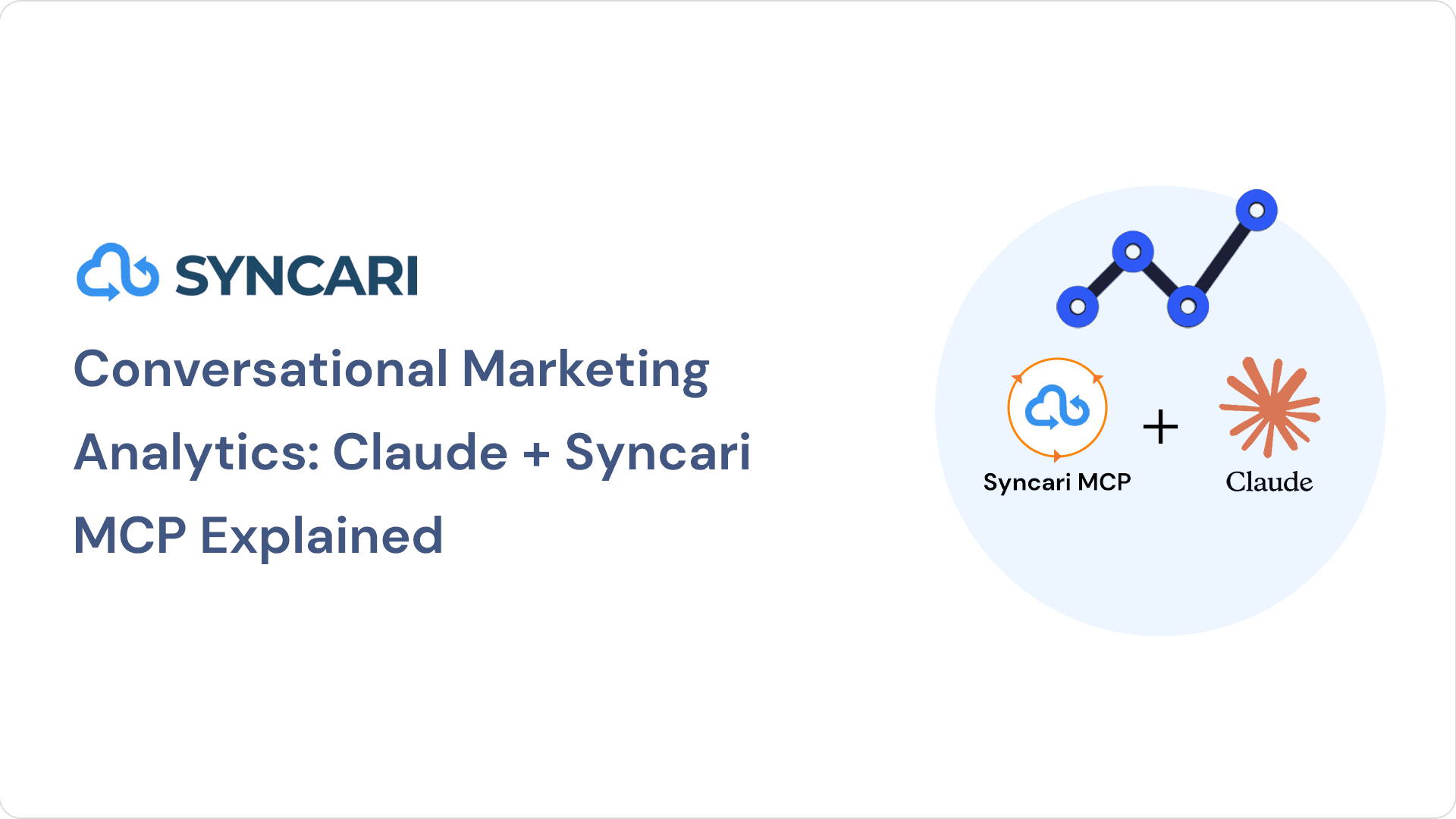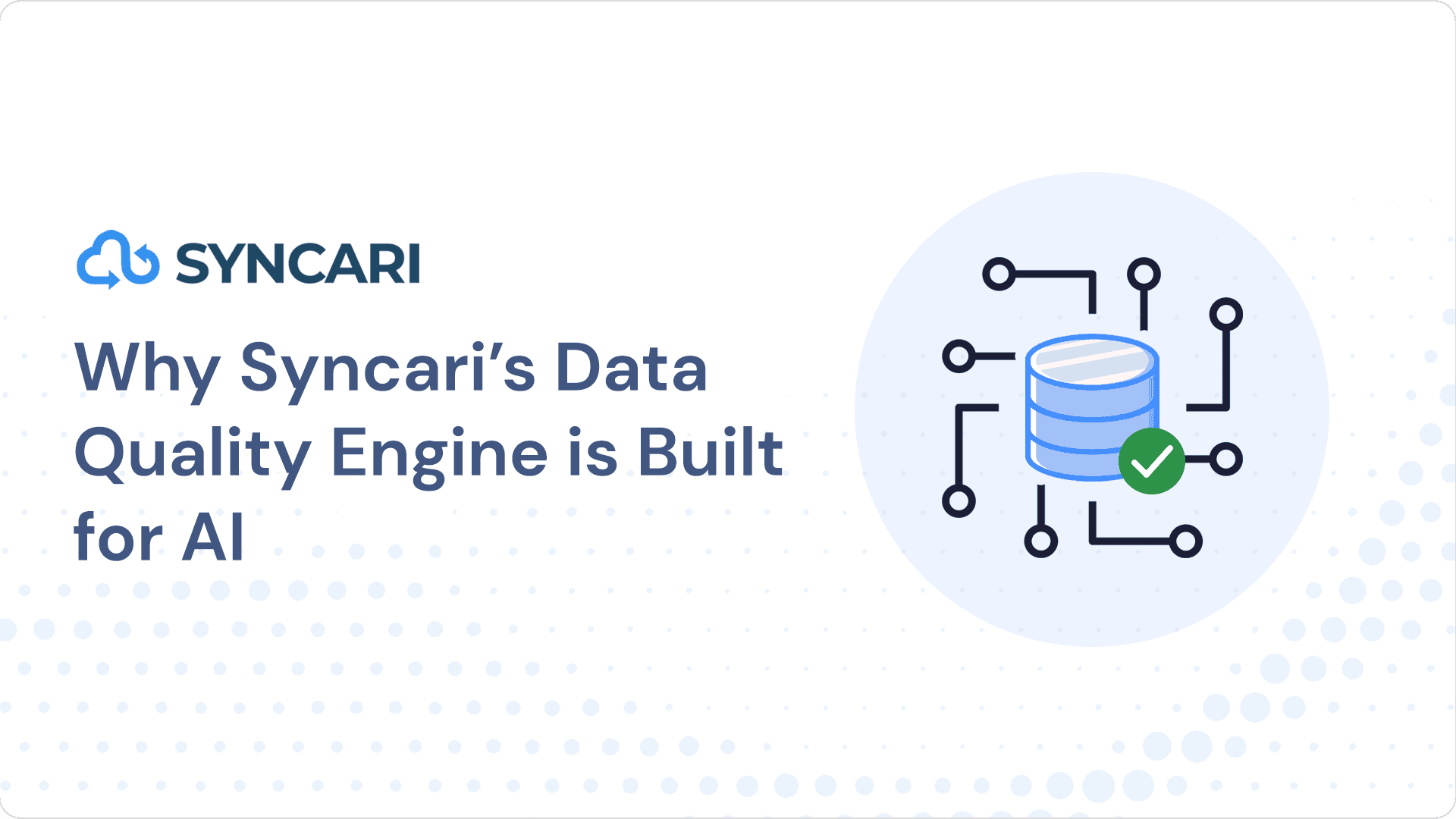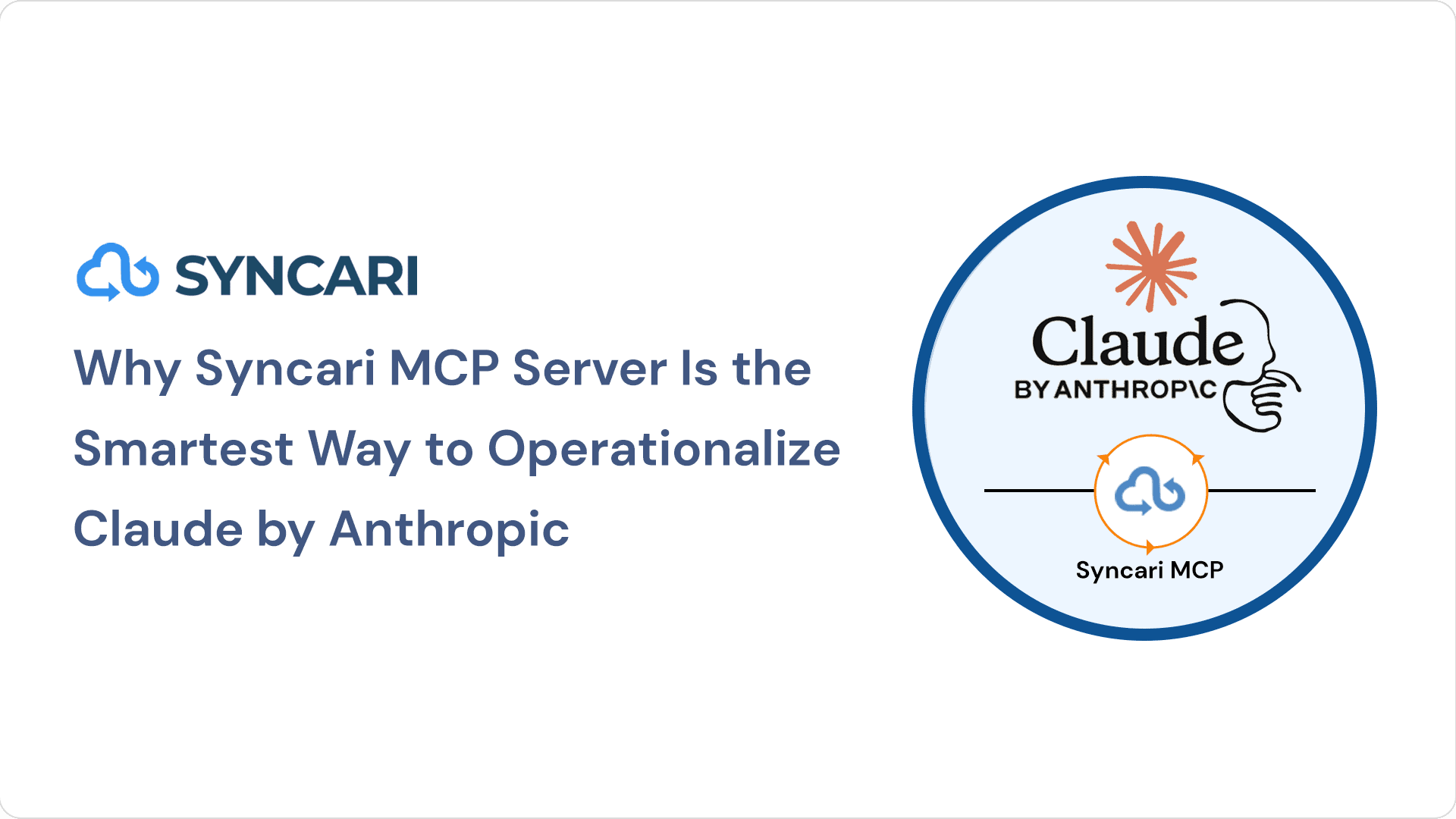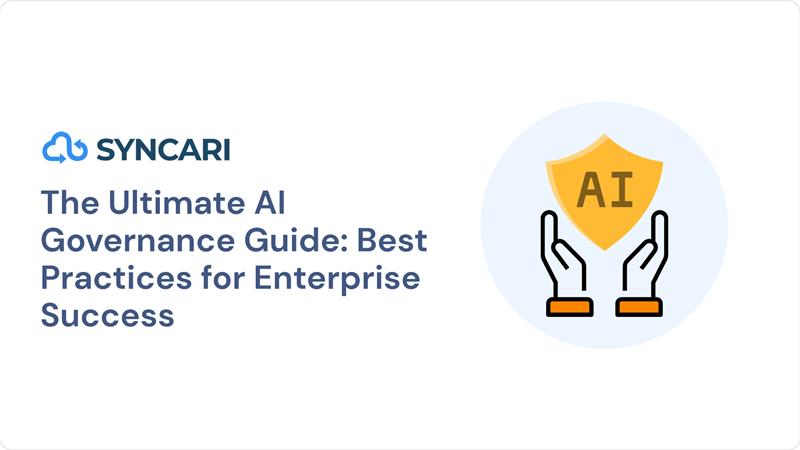I believe every company needs unified data. But as we can both agree, that hasn’t really happened. I grew curious why.
Over the past decade, big companies have bet big on two things:
- The cloud
- Acquiring other companies
See charts one and two:
This was meant to make them more efficient and more profitable. More cloud apps and services mean more data and possibly better integrations—everything should be able to speak to everything else, offering a “360-degree customer view.”
But that didn’t happen.
Not only did it not happen, the losses that resulted from this thinking have been staggering. And the hidden technical debt only becomes clear after they’ve spent that time, budget, and those resources on legacy systems, outdated technologies, quick fixes and shortcuts. These are just a few enterprises whose big transformations failed over the past several years:
-
J&J’s failed cloud standardization cost $24.5M
-
Leaseplan’s failed cloud tech upgrades cost €92M
-
Molson Coors’ failed cloud ERP consolidation cost $100M
-
Revlon’s failed merger integration invited a class-action lawsuit
These enterprises not only suffered financial losses, but they let their competitors catch up and even get ahead.
How did these companies with the best of the cloud, the brightest teams, heavy technology investments, and multi-million dollar budgets, still fail to transform? I’ll tell you. The answer is perhaps SaaS’ biggest challenge:
None of the expensive enterprise cloud software *actually* connects.
They are all disparate systems operating off of custom scripts, workflows, and uni-directional connectors that are moving stuff without any knowledge and understanding of the data.
In the latest Syncari guide, our founders Nick and Neelesh share explain these transformation fails and how Syncari solves them with data automation. But for the quick version, read on.
SaaS ate the world. Now it has indigestion.
Seven in 10 transformations fail, reports McKinsey. The number one reason is faulty software architecture, reports Bain & Company, and very specifically, the problem is that most companies’ architectures and integrations assume there are only ever two systems connected together, point-to-point.
Integrations are often limited to just a singular purpose-built use case. When you integrate dozens of systems together with point-to-point connections, it triggers errors and overwrites, and they struggle for authority over the data.
The number one reason digital transformations fail is faulty software architecture. – Bain & Company
The issue is as simple as this: An ERP and CRM can be made to mirror each other. (Sort of. There are still lots of issues with transformation and formatting, but it’s achievable.) Add a third system, say a second CRM, things get … complicated. You have three endpoints all telling the other systems to make changes. You have no way to govern which one is allowed to do what and when. Add more systems, and you get to where most companies are today—multiple business applications strung together via middleware, native connectors, and custom scripts sitting on legacy servers. Those companies would rather carry the technical debt than turn it off because doing so might disrupt the business.
The guide likens it to a game of chess. If two people are playing chess on two boards and can’t see each other, they can call out the moves. It takes careful coordination, but it works. If there’s a third person, then a fourth, and then a tenth, and they’re all trying to keep their boards identical, you’ve got chaos.
Which is where most enterprises are today.
All those CRM, ERP, and HCM vendors weren’t wrong in advertising that they have native integrations or API syncs to each other—they do. They do transport information. But you don’t just need information transported. You need it to be useful, timely, available, and accurate. For that, you’d need all those point-to-points to run through one authority with awareness of everything that’s happening, a single data plane and hub. Otherwise, you run into exponential errors:
-
Two systems disagree—what do we do?
-
System one can’t reformat data during transfer—what now?
-
Data was transferred in the wrong format—what do we do?
-
One system lost connection briefly—what happens now?
It’s an equation of exponential complexity (there is a formula, in fact) and the result is you have thousands of mindless cross-cloud integrations taking actions without awareness of the overall goal. Important information is overwritten. Transfers fail irretrievably.
We call the result of this data fragmentation—everything becomes unreliable, less available, and less valuable. Imagine trying to run generative AI off a fragmented data set?
A connection in name only
Data fragmentation creates plenty of tiny fires as well. The result isn’t always a big blowup. On a day-to-day basis, you might not even feel the heat. But a company that grows and adds more cloud systems without addressing the fundamental issues will find that the company runs slower and slower.
For example,
-
A customer experience (CX) team needs access to data from multiple systems such as CRM, ERP, CSM, to be able to answer customer questions. Simple and transactional Q&A might be easily answered with some manual labor. Contextual Q&A and system updates are not. Your agents will not be able to answer questions and your customers will be left hanging. Data fragmentation ruins CX. (True story.)
-
An accounting team needs to standardize seven ERPs to close the books on time. It seems obvious and possible, but one year into the project you can’t because each business system was set up completely different from each other.
-
An IT team is tasked with leading the integration strategy for a newly acquired company’s business systems, and you get there after two years, at great cost, and many integrators, only for leadership to decide they want to spin that company off.
The problem isn’t the cloud. It’s how it was all built to integrate point-to-point. And that’s when it was built to integrate honestly—for in some instances, those core SaaS systems are in coopetition (cooperation, but also competition) and have no incentive to build a fully functional integration that resolves your problems. (Why would Salesforce want you to use HubSpot CRM?)
More on that in our guide.
But what I’ll close on is that the absolute chaos this creates has decoupled two trends that most leaders in business expected to be closely paired:
-
The cloud
-
Acquiring other companies
It means the devil in the details has spoiled the cloud’s promise. More cloud in this environment means more data fragmentation, and all that best-of-breed software allows your various teams to optimize for their own efficiency, at the expense of the business.
If you want to help your teams through that and make the cloud make good on its promise, you’re going to need a new approach—and one the vendors aren’t selling. Our recommendations on it are a bit … radical.
That’s also in the ebook.



